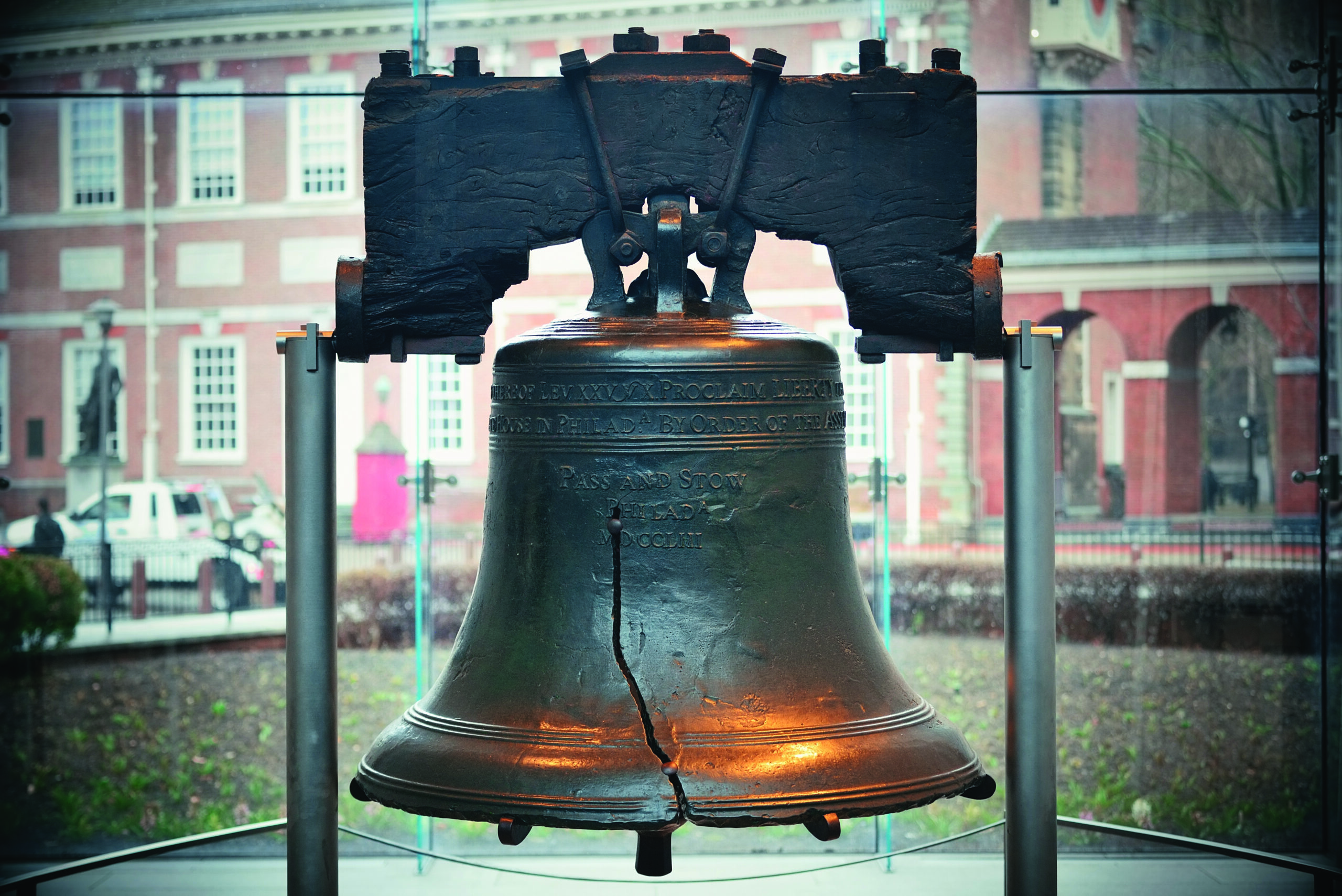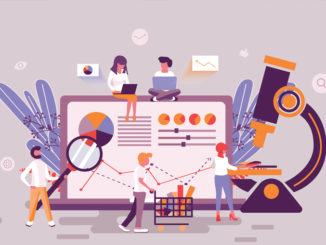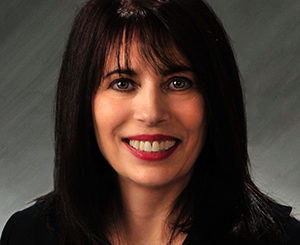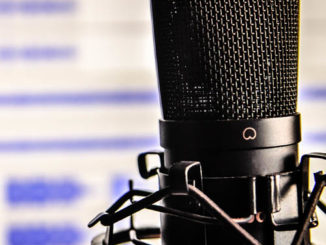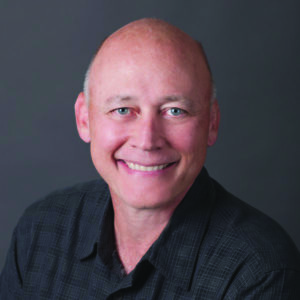
By Chris Hauck
HauckEye
Longmont, Colorado
chris@hauckeye.com
 With input from:
With input from:
Michelle Lemire
Festive Road
San Antonio, Texas
mllemire@gmail.com
 With input from:
With input from:
Cat Maxwell Smith
Seedling Insights
Plano, Texas
cmsmith@seedlinginsights.com
Earlier in my career, when I traveled around the U.S. for meetings and research, I used to make assumptions about a city’s personality based on listening to the local sports radio station. One of the most jarring then was 94 WIP-FM Sports Radio in the great city of Philadelphia. In the early 2000s, WIP was rough-edged compared to The Ticket, my Dallas sports station. The hosts were rough with their adoring fans, calling them morons (their favorite insult) and Bucks County Hillbillies (located past the Philadelphia suburbs). In that rough treatment was a deep love for their downtrodden sports teams. At that time, no Philadelphia team had won a championship for over almost two decades. Philadelphia was feeling the pain. I thought Philadelphia was sad and angry, the humor cheap, gritty, and rough. Since those days, the Eagles have won a Super Bowl, the Phillies a World Series, and the Flyers hockey team and Sixers basketball team have performed pretty well. Sport facilities have been upgraded, Villanova won two NCAA championships in men’s basketball, and fans feel much better. The station’s personality has softened considerably to match the easy personality of a beautiful city with a heart of gold.
—Chris Hauck
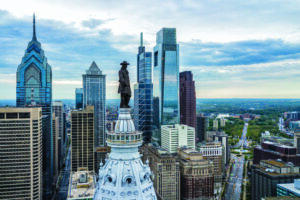 Philadelphia, or Philly, is a city where history pulses through cobblestone streets and modern innovations take flight. The name Philadelphia derives from Greek: φίλος phílos (loving) and ἀδελφός adelphós (brotherly). So, we look forward to welcoming you to the city of brotherly (and sisterly) love, the host city for the next QRCA Annual Conference, February 11–14, 2025. The conference will be held at Loews Philadelphia Hotel (1200 Market Street), right in Center City (the heart of Downtown Philly).
Philadelphia, or Philly, is a city where history pulses through cobblestone streets and modern innovations take flight. The name Philadelphia derives from Greek: φίλος phílos (loving) and ἀδελφός adelphós (brotherly). So, we look forward to welcoming you to the city of brotherly (and sisterly) love, the host city for the next QRCA Annual Conference, February 11–14, 2025. The conference will be held at Loews Philadelphia Hotel (1200 Market Street), right in Center City (the heart of Downtown Philly).
Philly is known as the birthplace of America. It’s not just a city steeped in history—it’s a vibrant metropolis brimming with cultural heritage, culinary experiences, and sports fans with passion (although passion is an understatement!). So, follow us through this introduction to Philly as we detail why Philadelphia is the city to visit, explore, and connect with your fellow market researchers come February.
A Historical Heartbeat and Cultural Cornucopia
Philadelphia’s historical significance is undeniable. William Penn, the founder of the Commonwealth of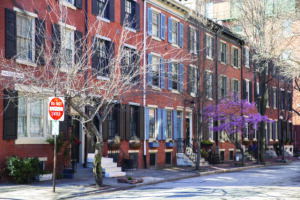 Pennsylvania, was granted this land by King Charles II. The land was a debt owed to Penn’s father. Penn, a Quaker, was a member of a religious minority in England. Speaking back to the significance of the city’s naming, derived from “Brotherly Love,” Penn wanted this territory, an appropriately named city, to be a place that embraced religious, racial, and gender equality.
Pennsylvania, was granted this land by King Charles II. The land was a debt owed to Penn’s father. Penn, a Quaker, was a member of a religious minority in England. Speaking back to the significance of the city’s naming, derived from “Brotherly Love,” Penn wanted this territory, an appropriately named city, to be a place that embraced religious, racial, and gender equality.
Penn continues to watch over the city today. You can find his statue atop City Hall, right in the middle of the city. If the Philadelphia Eagles decide to fly high in the playoffs next year around the time of your visit, you might find Penn sporting a green jacket—because “It’s a Philly Thing!”
The Philadelphia urban plan was also an innovative concept at the time that helped fuel early migration to the city. In 1682, Penn’s surveyor, Thomas Holme, devised the urban plan of Philadelphia as a perfect grid with green public spaces. The city was laid out as per Penn’s instructions, and this organized plan would set the stage for immigration.
The grid pattern allowed for land to be sold by speculation. Hence, one could purchase a plot of land sight unseen, make their way across the Atlantic, find their unit of land, and settle. The Philadelphia Plan would become a model for urban planning across the United States and also for organizing the Louisiana Territory in the early 1800s.
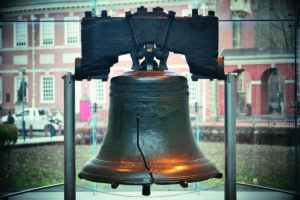 From our U.S. history classes, we know Philadelphia is where the Declaration of Independence and the U.S. Constitution were signed. Just a short half-mile stroll from the conference hotel, you will find Independence Hall (a must-visit attraction), and across the street is the Liberty Bell (with its famous crack)—a symbol of American freedom. If you look closely at a very specific detail in the Liberty Bell, you might notice a slight typo! “Pensylvania,” as I have purposely misspelled, is the spelling cast on the bell. However, while Pennsylvania is how we spell the state today, using one “n” was an acceptable spelling at the time the Bell was cast.
From our U.S. history classes, we know Philadelphia is where the Declaration of Independence and the U.S. Constitution were signed. Just a short half-mile stroll from the conference hotel, you will find Independence Hall (a must-visit attraction), and across the street is the Liberty Bell (with its famous crack)—a symbol of American freedom. If you look closely at a very specific detail in the Liberty Bell, you might notice a slight typo! “Pensylvania,” as I have purposely misspelled, is the spelling cast on the bell. However, while Pennsylvania is how we spell the state today, using one “n” was an acceptable spelling at the time the Bell was cast.
The Bell is located in Independence National Historic Park. If you have a national parks passport, be sure to bring it to get your stamp and check out the attractions. Independence Hall, the National Constitution Center, and Christ Church Burial Ground, where revolutionary-era leaders are buried, are all close to the Bell.
Take a stroll through the historic district and feel the past come alive. This setting is a perfect backdrop for researchers who appreciate storied settings. If you let your imagination run a bit, you’ll see the horse-drawn carriages bringing their fares through the narrow cobblestone streets to their public meetings right under the noses of the British, meeting over a pint of the local ale in the early days of the republic. As you can imagine, it isn’t a far cry for my imagination to take me to a lovely old pub, like the Dandelion or the Red Owl Tavern, and ask the barman to draw a pint of the local brew. You can get a nice Yuengling Lager made at America’s oldest brewery in nearby Pottsville.
Art and science thrive in Philadelphia. The Franklin Institute offers a hands-on approach to science, making it a delightful visit for the intellectually curious. For culture seekers, The Philadelphia Museum of Art is not only famous for its vast collections but also for the iconic Rocky Steps (the Rocky statue can be found around to the right at the bottom of the steps when facing the museum). Inside the museum are masterpieces from around the globe. For most, the best part is taking that run up the steps and dancing around with your fists above your head, just like Rocky Balboa did in the movies. Do a few air combinations while you are up there at the top of the steps, looking back over Center City. Try to knock out your imaginary Apollo Creed.
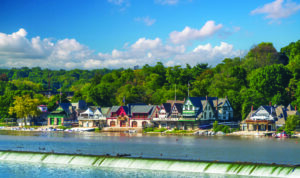 Relaxing Green Spaces, Fun Attractions, and Culinary Delights
Relaxing Green Spaces, Fun Attractions, and Culinary Delights
If you seek a more tranquil retreat, visit Fairmount Park, one of the largest urban park systems in the country. Located just to the north or behind The Philadelphia Art Museum, Fairmount Park has over 2,000 acres of parkland. It offers peaceful walks, historic homes, and stunning river views. You can even check out Boathouse Row, where all the Philadelphia University rowing teams practice on the Schuylkill River. Rittenhouse Square is another urban oasis, perfect for people-watching or a quiet break between conference sessions.
Did you know that Philadelphia is home to America’s first zoo? The Philadelphia Zoo is a fantastic place for a leisurely day out. Located just to the northwest of Center City, you can reach the zoo using public transit, or just jump in a taxi to be there in a few minutes. The city is also known for its “Mural Arts Program,” which has produced over 3,000 murals and turned Philly into the world’s largest outdoor art gallery.
JFK Plaza, also known to most as Love Park, is most famously the home of Robert Indiana’s iconic LOVE
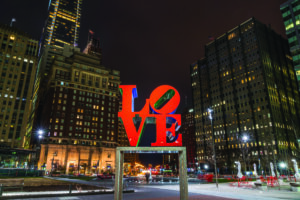
statue, which has resided in the space almost continuously since 1976. But that essential piece of Philly public art is just one of many things to explore and enjoy at this Center City West space, which also offers green areas, a fountain, walking paths, seating, and the LOVE Park Visitor Center, which opened in May 2021. The park is conveniently located near City Hall, offering views of the architectural treasure and all the activities that take place under Penn’s shadow.
Philadelphia’s food scene is as diverse as its heritage. For an authentic taste of local flavors, don’t miss the Reading Terminal Market. Here, you can savor everything from classic Philly cheesesteaks to gourmet international dishes. The Friday Field Trip, led by Debbie Fox (Fox Field Research), will include lunch and a scavenger hunt experience through the market. For fine dining, Vernick Food & Drink offers an innovative menu that highlights fresh, local ingredients. Really fantastic fine dining options are available throughout the city. Philly is a good town for eating.
The iconic Philly food is the cheesesteak sandwich. No place represents the true grit of this working-class town and speaks to the soul of the city better than the corner of 9th Street and Passyunk Avenue in South Philly, the cheese-steak epicenter where Pat’s King of Steaks and Geno’s Steaks face off 24 hours a day.
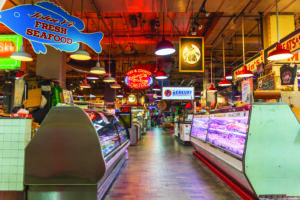
The triangular intersection is always abuzz with double-parked cars, idling airport shuttles, and stretch limousines discharging desperate passengers on a pilgrimage to find the world’s best Philly Cheesesteak. Brides show up in wedding gowns. Celebrities beg to work the grill. Brothers Pat and Harry Olivieri, the founders of Pat’s King of Steaks, are generally credited with inventing the city’s signature sandwich in 1930. Joey Vento opened Geno’s Steaks across the street in 1966 in a bid to take down the champion. They’ve been in a Hatfields and McCoys friendly battle of the cheesesteaks ever since. This is the late-night meal that you crave after a night on the town.
Getting Around
For most of your exploration, you can take public transportation or simply walk to your destination. From the airport, you’ll take the airport commuter rail (SEPTA) to Center City Philadelphia, which leaves approximately every 30 minutes, to Jefferson Station, which is less than a quarter-mile walk to the hotel. For the Museum of Art, you can catch the SEPTA public bus #23 at 11th and Market Street, then switch to the #43 at Spring Garden and 11th out to the museum. The bus stops at Kelly Drive, and you have about a quarter-mile walk to the museum steps, where you can run them like Rocky.
Last year, my daughter, Talulah, wanted to visit Drexel University, which shares a border with the University of Pennsylvania and the Wharton School of Business. You can have a nice walk around both campuses if you like. Simply catch the #34 SEPTA train at 13th Street and get off at Drexel Station at 30th Street. One of my favorite little places in this area is the White Dog Café at 3420 Sansom Street. It’s a great old-style gastro-pub kind of place with really good food and an old-world atmosphere.
See You in Philly
As qualitative researchers, we find that the texture of everyday life and the layers of history and culture provide rich fodder for thought and discussion. Philadelphia offers a unique blend of historical gravitas and vibrant modern life. Whether you’re exploring its revolutionary sites or enjoying a moment of quiet in one of its lush parks, Philadelphia promises a stimulating and enriching experience.
We look forward to seeing you at the heart of where America’s past and present converge. Join us in Philadelphia in February 2025 for an unforgettable exploration of both a great city and the depths of qualitative research. Meet me in the bar for a Yuengling and some really good stories about my time working at Chilton and Intersearch in Philadelphia. A few more beers, and we could end up at Geno’s or Pat’s (or both) at 2 a.m., taking care of our late-night munchies.

